You may have seen those thick cylinder-foam objects everyone seems to be rolling their sore or tight muscles over. While they are not a new invention–trainers and sports players have been using them for years–they are gaining popularity and they can be beneficial to your yoga practice if used correctly.
Bikram Yoga has many benefits which include increased strength and flexibility and it is sometimes practiced in conjunction with other exercises like walking or running and also by athletes. These other activities can cause sore and tight muscles making your practice more difficult. Foam rolling can help get the body back into balance. Recently, The New York Times published an article on inexpensive ways to help you recover from a tough workout and foam rolling was included. They recommend one by AmazonBasics that seems to get the job done well.
When foam rolling, you’ll want to start slowly and be mindful of your form. It is comparable to a deep tissue massage putting all of your body weight into those sore muscles. When you feel a tight spot stop on it for just a short time while breathing through the pain until the muscle releases, but don’t overdue it.
There are several videos and techniques available to do these exercises correctly to avoid injury. Just like when having a massage, drink plenty of water after to flush out toxins that have been released.
Two of the most important things to remember to not injure the lower back are not to roll the actual lower back itself and just like in the Bikram practice, you’ll want to tighten your stomach muscles. To get lower back relief work the muscles surrounding it, such as the hips, both front and sides, and also from the very top of the glutes down to the start of the thigh.
The next day or two after using one for the first time, you may feel a bit sore. This is normal, allow a few days to go by to recover before you use it again. As with any exercise, do so carefully, don’t over due it, and learn the proper techniques to avoid injury and to get the best results.

